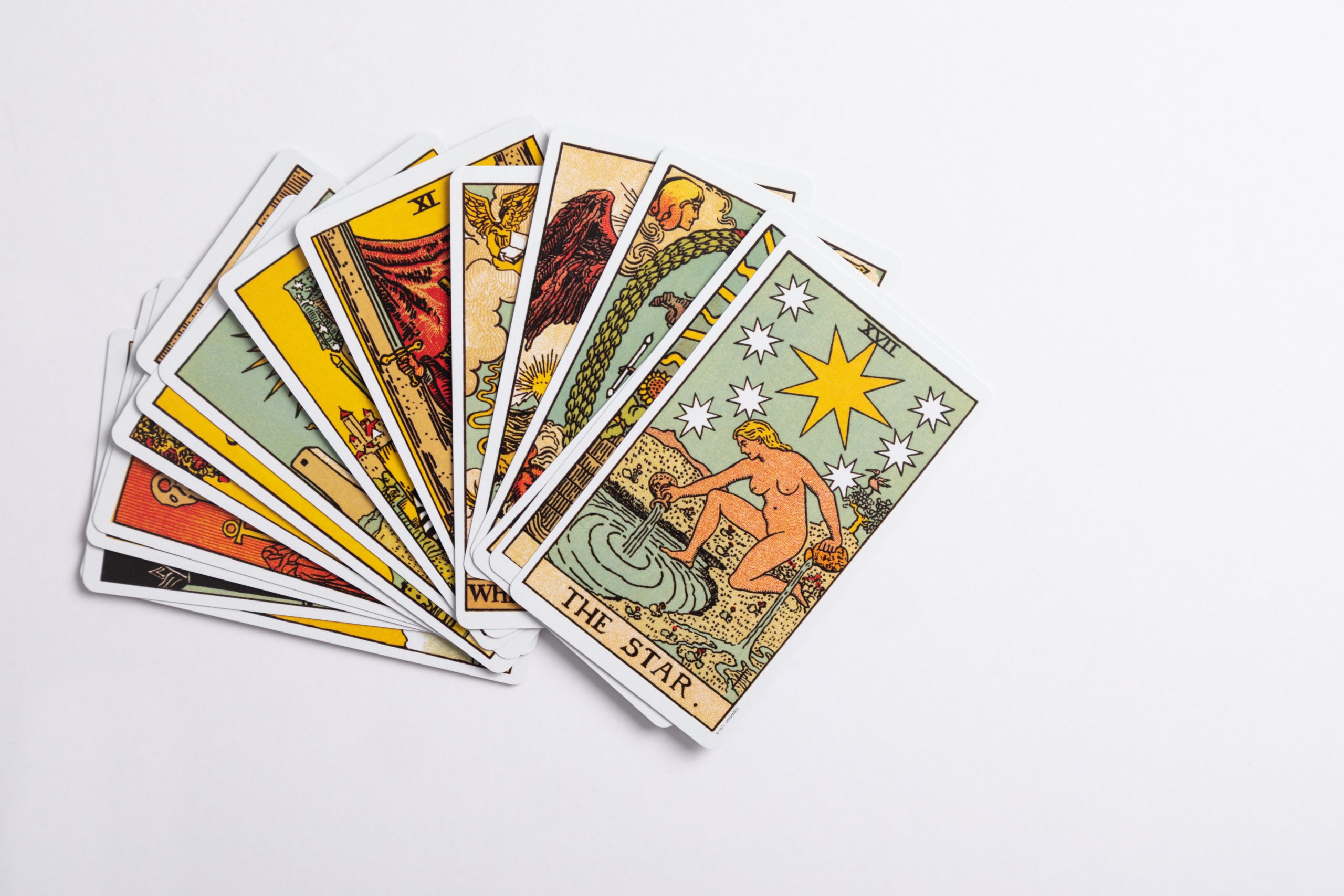Labyrinth Etymology: Unraveling the Origins of an Intricate Word
Loading up a word with history, intrigue, and enigma, the term “labyrinth” instantly evokes images of intricate mazes that have captivated humanity for centuries. But have you ever wondered where the word itself originated? In this detailed blog post, we delve deep into the etymology of “labyrinth,” uncovering its ancient roots and tracing its evolution throughout time. Prepare to be entangled in a linguistic journey!
The Ancient Paths of “Labyrinth”
The word “labyrinth” finds its origins in ancient Greek, with its earliest known form being “laburinthos.” The exact etymology of this word remains a subject of debate among scholars, but several theories have emerged throughout the years.
One popular theory suggests that “labyrinth” derived from the Minoan word “labrys,” which referred to a double-headed axe, often associated with the powerful ancient Minoan civilization on the island of Crete. This theory proposes that the labyrinth was initially conceived as a representation of the intricate palace complex at Knossos, where the Minoan kings resided.
Another hypothesis points to the Ancient Egyptian origins of the word. Egyptian hieroglyphics depict similar shapes to the intricate patterns found in labyrinths, and the word “labryinthos” could have been adapted from ancient Egyptian culture.
While the exact origin may remain uncertain, the ancient Greeks were undoubtedly responsible for popularizing and expanding the concept of the labyrinth. Greek mythology, in particular, played a pivotal role in establishing the word’s significance and symbolism.
Labyrinthine in Greek Mythology
The most iconic representation of the labyrinth in Greek mythology comes from the myth of Theseus and the Minotaur. According to the legend, the Minotaur, a fearsome creature with the body of a man and the head of a bull, resided deep within the labyrinth constructed by King Minos of Crete. Theseus, the hero, ventured into the labyrinth to slay the Minotaur, armed with a simple but clever tool—the thread of Ariadne.
In this tale, the labyrinth symbolizes the fears, trials, and challenges of life—both literal and metaphorical. The quest to navigate through the winding paths of the labyrinth is often seen as a metaphor for overcoming personal obstacles, battling inner demons, or seeking enlightenment. It’s no wonder that the term “labyrinthine” has come to describe intricate, convoluted, and complex situations.
Traces of the Labyrinth Across Continents
Beyond ancient Greece, numerous other cultures have embraced the idea of the labyrinth, adapting it to their own unique perspectives and weaving it into their history.
The Romans, for instance, constructed grand labyrinths in their villas and gardens, viewing them as ornamental features rather than symbols of mythical significance. Roman mosaics often depicted these labyrinths, highlighting their artistic and decorative appeal.
Medieval Europe witnessed the rise of labyrinthine patterns in the form of intricate stone mazes carved into the floors of its iconic cathedrals. These labyrinthine designs served as contemplative aids, allowing visitors to embark on symbolic journeys and seek spiritual solace.
In the modern era, labyrinths have experienced a renaissance of sorts, gaining popularity across various cultures and religions. The shift from mythological symbolism to more spiritual and meditative purposes has made the labyrinth a powerful tool for introspection, stress relief, and personal growth.
Labyrinths in Literature and Art
The fascination with labyrinths extends well beyond the realms of myth and history. Countless works of literature and art have been inspired by the intricate web of paths that compose a labyrinth.
One of the most notable literary works featuring a labyrinth is Jorge Luis Borges’ short story, “The Garden of Forking Paths.” Borges explores the metaphorical labyrinth of time, choice, and destiny, capturing the complexity and interconnectedness of life.
In the realm of visual art, the artistic legacy of the labyrinth is just as vast. The famous English painter and printmaker, William Blake, incorporated labyrinthine imagery in his visionary works, reflecting his fascination with the labyrinth as a symbol of the human psyche.
Conclusion
From its mysterious ancient origins to its reinterpretation in modern times, the word “labyrinth” carries a rich history and an enduring allure. Whether you are entranced by the mythical tales of Ancient Greece or find solace within the concentric paths of a spiritual labyrinth, this intricate word continues to captivate and inspire.
So, the next time you hear the term “labyrinth,” take a moment to appreciate the labyrinthine journey that the word itself has undertaken. Allow its intricate roots and multifaceted symbolism to guide you through the maze of history and imagination.
Table of Contents
